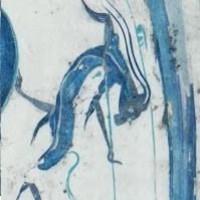
Magda Grauwels
Related Authors
Mantha Zarmakoupi
University of Pennsylvania
Julia Miele Rodas
City University of New York
Patrick Neveling
Bournemouth University
Purwo Subekti
University Of Pasir Pengaraian
Lennard Davis
University of Illinois at Chicago
Thomas Hylland Eriksen
University of Oslo
Juan Carlos Troiano
Universidad de Buenos Aires
Edem Offiong
Akwa Ibom State University










Uploads
Papers by Magda Grauwels